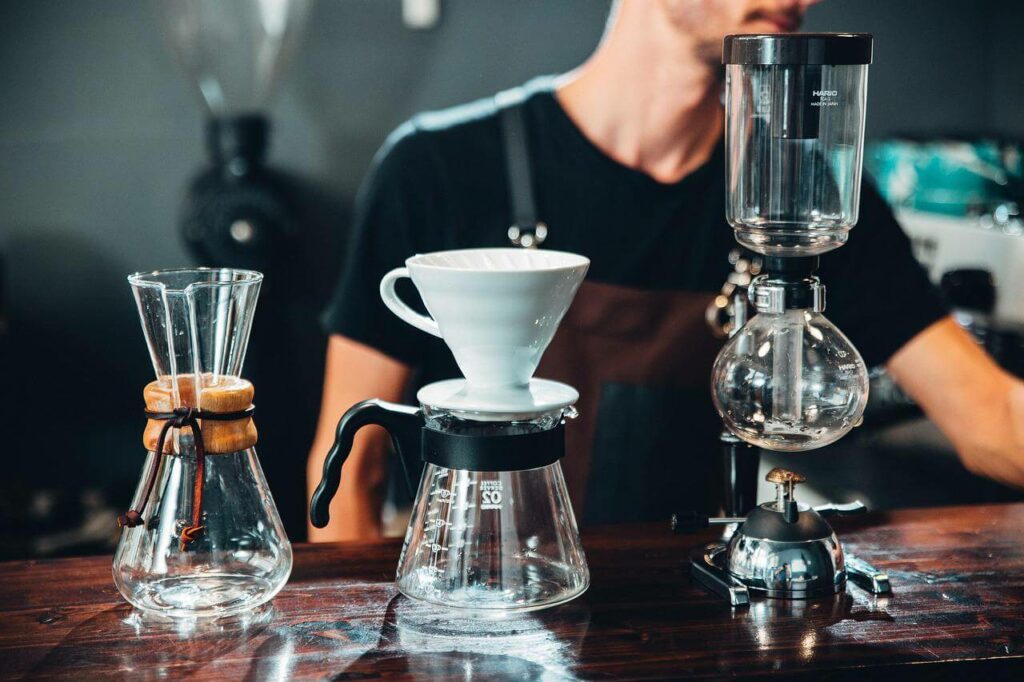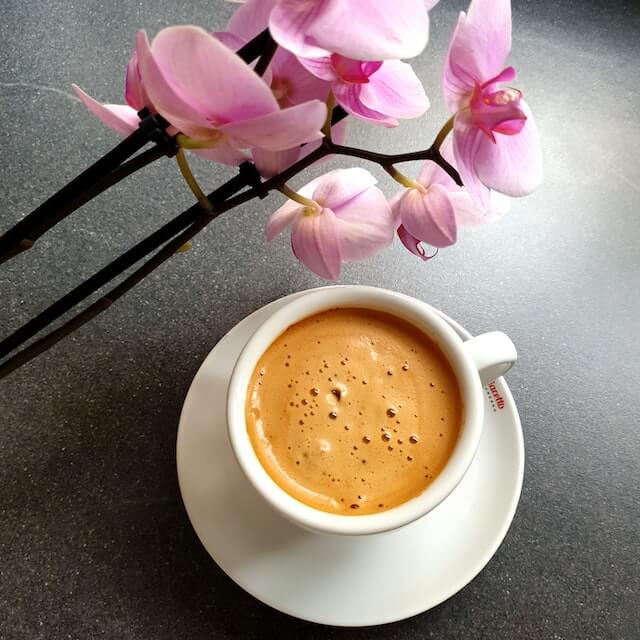Your cart is currently empty!

get closer
to
The barista experience
at home
top 10 mistakes to avoid when brewing coffee
Coffee brewing is a popular daily ritual for many people around the world. However, even the most experienced coffee brewers can make mistakes that affect the taste and quality of their brew. From using the wrong amount of coffee to improper water temperature and brewing time, there are numerous factors that can impact the final result. In this article, we will explore some of the most common coffee brewing mistakes and how to avoid them, so you can enjoy a delicious and perfectly brewed cup of coffee every time.
Let Us Investigate…
- Not using the right amount of coffee: Using too little coffee can result in a weak, flavorless brew, while using too much can lead to a bitter taste. The general rule of thumb is to use two tablespoons of coffee per six ounces of water.
- Using old or stale coffee beans: Freshly roasted coffee beans have a more robust flavor profile and produce a more flavorful cup of coffee.
- Grinding the coffee too fine or too coarse: The grind size should match the brewing method used. Using the wrong grind size can result in an under-extracted or over-extracted brew.
- Using water that’s too hot or too cold: The ideal brewing temperature is between 195-205°F (90-96°C). Water that’s too hot can result in a bitter taste, while water that’s too cold can lead to an under-extracted brew.
- Not cleaning the brewing equipment: Coffee oils can build up over time, leading to a stale or rancid taste in the coffee. Regular cleaning of the brewing equipment can prevent this.
- Using tap water: Tap water can contain impurities and minerals that affect the taste of the coffee. Using filtered or bottled water can help produce a cleaner, better-tasting cup of coffee.
- Letting the coffee sit too long: Coffee that sits on the burner for too long can become bitter and over-extracted. It’s best to remove the coffee from the heat source as soon as it’s brewed.
- Not preheating the equipment: Preheating the equipment can help maintain a consistent brewing temperature, which is crucial for a balanced and flavorful cup of coffee.
- Using the wrong brewing method: Different brewing methods require different techniques and equipment. Using the wrong method can lead to an unpleasant taste.
- Not experimenting with different brewing techniques: There are many different brewing methods and techniques to try. Experimenting with different methods can help you find your perfect cup of coffee.
How to manage brewing issues
Control the grind size of the coffee beans that affect the extraction and taste
The grind size of the coffee beans is an important factor in controlling the extraction process and taste of the coffee. Here are some tips on how to control the grind size:
- Use a quality grinder: A quality grinder will provide consistent grind size and reduce the likelihood of uneven extraction. A burr grinder is the preferred type of grinder for coffee brewing.
- Adjust the grind size: Different brewing methods require different grind sizes. For example, French press requires a coarser grind while espresso requires a finer grind. Adjust the grinder settings to achieve the desired grind size.
- Experiment: Experiment with different grind sizes to find the perfect balance of extraction and taste. Start with a recommended grind size for your brewing method and adjust as necessary.
- Use a sieve: After grinding the coffee beans, use a sieve to remove any fines (very small particles). This will ensure a consistent grind size and prevent over-extraction.
- Store coffee beans properly: Proper storage of coffee beans can prevent them from becoming stale and affecting the grind size. Store coffee beans in an airtight container in a cool, dry place.
Control the water temperature for brewing coffee
Water temperature is an important factor in brewing coffee as it affects the extraction process and ultimately the taste of the coffee. Here are some ways to control the water temperature for brewing coffee:
- Use a kettle with temperature control: Electric kettles with temperature control are widely available and allow you to set the desired temperature for your coffee. This is a convenient way to ensure that the water is at the ideal temperature for your brewing method.
- Use a thermometer: If you don’t have a kettle with temperature control, you can use a thermometer to measure the temperature of the water. Heat the water to the desired temperature and then use the thermometer to check the temperature.
- Preheat the brewing equipment: If you’re using a coffee maker, pour-over, or French press, preheat the equipment with hot water before brewing. This will help to maintain a consistent water temperature during brewing.
- Boil water and let it cool: If you don’t have a thermometer or temperature-controlled kettle, you can boil water and then let it cool for a few minutes before using it. For example, water that has boiled and then cooled for a minute or two will be around the ideal temperature for pour-over brewing.
- Adjust the brewing time: If the water temperature is not ideal, you can adjust the brewing time to compensate. For example, if the water is too hot, you can shorten the brewing time to prevent over-extraction.
Control coffee to water ratio for the perfect cup
Controlling the coffee to water ratio is crucial for producing a good cup of coffee. Here are some tips on how to control the coffee to water ratio for the perfect cup:
- Use a scale: Using a scale is the most accurate way to measure the coffee and water. Measure the coffee and water by weight rather than volume to ensure consistency. A good rule of thumb is to use 1 gram of coffee for every 15-18 grams of water.
- Use measuring cups: If you don’t have a scale, you can use measuring cups to measure the coffee and water. Use 1 to 2 tablespoons of coffee for every 6 ounces of water.
- Adjust the ratio to taste: The ideal coffee to water ratio can vary depending on personal taste and brewing method. Experiment with different ratios to find the perfect balance of strength and flavor.
- Use a brew calculator: Brew calculators can help you determine the ideal coffee to water ratio based on your brewing method and the amount of coffee you want to brew.
- Use the same ratio every time: Consistency is key to producing a great cup of coffee. Use the same coffee to water ratio every time you brew to ensure a consistent flavor and strength.
Summary
- Use Freshly Roasted Coffee
- Checkout our recommended coffee brewers & accessories guide
- Use the proper coffee to water ratio
- Use fresh water
- Keep your brewers / coffee makers clean
- Control the water temperature
- Adjust the grind size: Different brewing methods require different grind sizes
